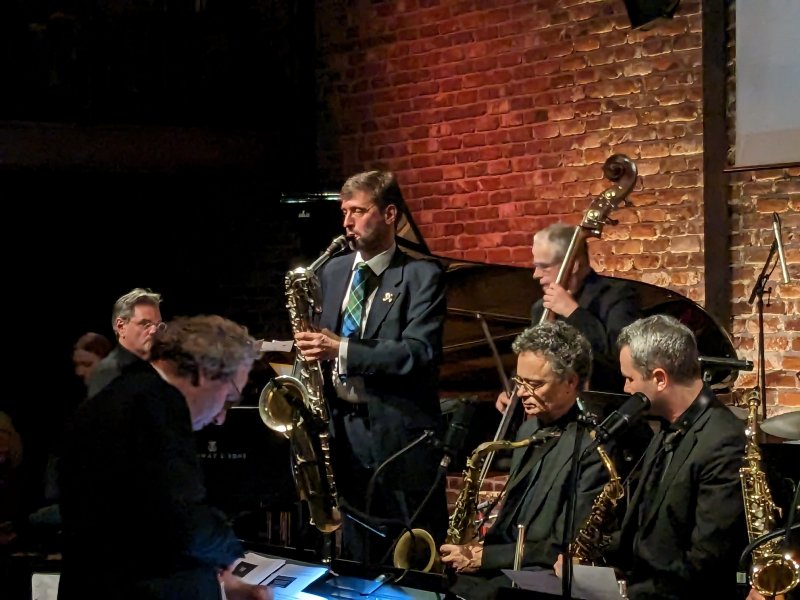Putting things in my own words, I feel that I get more "realism" from my system when:
- the individual instruments sound "full" - you are getting all the nuances, you are not "missing out" on something (ex: how an instrument resonates)
- you get a sense of "accuracy", which can be felt on any given note and also in time as a sense of "continuity" (this may be more subtle)
When you listen to several instruments being recorded together (or a chord on a piano, for example), you want to preserve the qualities and "individualities" of each instrument/note. Each instrument has to live in its own "space".
Interestingly, I find that this sense of space is perhaps better captured with simple recordings (one or two microphones). A very simple recording process with little mixing, compression, etc, can offer more realism in that respect
Obviously, there are a lot of things that can go wrong. The recording quality is the first one, and all components of our systems only add further distortions. The "noise floor" of microphones can mask details, and you won't here a piano chord resonate as it will when you hear it live. The frequency response of a microphone is never flat. The same is true with our systems. So I guess we are pretty far away from ever being "faked" by a recording.
Listening to a stereo (two speaker) system, you introduce a new challenge - which you don't have when you listen to live acoustic instruments: and that's where speaker placement comes into play (both in terms of how the speakers are placed in relation to each other from the listening point, and how each speaker interacts differently with the room).
I guess there are some differences (between live and recorded music) that you can still discern when listening at a certain distance (or let's say from another room).
- the individual instruments sound "full" - you are getting all the nuances, you are not "missing out" on something (ex: how an instrument resonates)
- you get a sense of "accuracy", which can be felt on any given note and also in time as a sense of "continuity" (this may be more subtle)
When you listen to several instruments being recorded together (or a chord on a piano, for example), you want to preserve the qualities and "individualities" of each instrument/note. Each instrument has to live in its own "space".
Interestingly, I find that this sense of space is perhaps better captured with simple recordings (one or two microphones). A very simple recording process with little mixing, compression, etc, can offer more realism in that respect
Obviously, there are a lot of things that can go wrong. The recording quality is the first one, and all components of our systems only add further distortions. The "noise floor" of microphones can mask details, and you won't here a piano chord resonate as it will when you hear it live. The frequency response of a microphone is never flat. The same is true with our systems. So I guess we are pretty far away from ever being "faked" by a recording.
Listening to a stereo (two speaker) system, you introduce a new challenge - which you don't have when you listen to live acoustic instruments: and that's where speaker placement comes into play (both in terms of how the speakers are placed in relation to each other from the listening point, and how each speaker interacts differently with the room).
I guess there are some differences (between live and recorded music) that you can still discern when listening at a certain distance (or let's say from another room).
Last edited:








